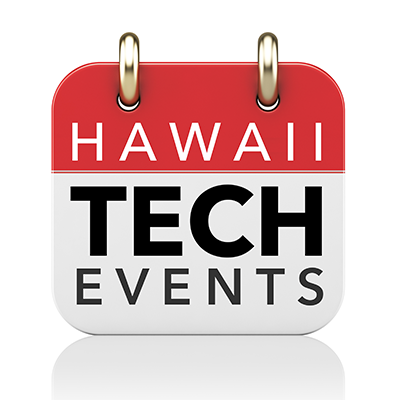

235th Meeting of the American Astronomical Society
January 4, 2020 - January 8, 2020
There’s no National Football League franchise in Hawai‘i, so the Super Bowl isn’t heading to the Aloha State anytime in the foreseeable future. But the “Paradise of the Pacific” is home to some of the world’s largest telescopes, so it shouldn’t come as a surprise that the Super Bowl of Astronomy — otherwise known as the AAS winter meeting — will soon touch down in Honolulu. From 4 to 8 January 2020, more than 2,000 astronomers, students, educators, and journalists will gather at the Hawai‘i Convention Center (1801 Kalakaua Ave., Honolulu, HI 96815) for the 235th AAS meeting. Gathering with the AAS this winter, as usual, are its Historical Astronomy Division (HAD) and High Energy Astrophysics Division (HEAD). Social media hashtag: #aas235.
Astronomy has a long tradition in Hawai‘i. Early Polynesian sailors relied on their deep knowledge of the night sky to navigate among the widely separated islands of the Pacific Ocean. The landmark Diamond Head volcano on O‘ahu, visible from Honolulu’s famed Waikiki Beach, was the site of a 1910 expedition to photograph Halley’s Comet. Grote Reber did some of his pioneering work in radio astronomy on Maui. That island’s highest peak, Haleakalā, now hosts several important observatories, including the 4-meter Daniel K. Inouye Solar Telescope (DKIST), which is nearing first light. And towering Maunakea, on the Big Island, is home to most of the Northern Hemisphere’s 8- to 10-meter telescopes but is currently mired in controversy over plans to build the next-generation Thirty Meter Telescope there.
Workshops Galore!
When you register for the meeting, you may also sign up for your choice(s) among more than two-dozen professional-development workshops. Described on our AAS 235 Workshops & Events page, they feature instruction in specific software tools, programming tips, career advice, teaching and outreach strategies, proposal-writing guidance, and much more. Some last just a few hours, while others run a full day or even two days. Some begin on Friday or Saturday, 3 or 4 January, while others are scheduled during the main part of the meeting from Sunday through Wednesday. Some are free, most require payment of a modest fee, and one (the AAS Astronomy Ambassadors workshop) requires that you apply to participate.
Prize Lectures & Invited Talks
AAS 235 offers more than a dozen additional prize and invited talks by distinguished astronomers. Like all winter AAS meetings, this one is bookended by two special presentations. The opening plenary talk, on Sunday morning, 5 January, is the Kavli Foundation Plenary Lecture. Suvi Gezari (University of Maryland) will present “Black Holes Snacking on Stars: A Systematic Exploration of Transients in Galaxy Nuclei” based on her studies of tidal disruption events. The closing plenary talk, on Wednesday afternoon, 8 January, is the Lancelot M. Berkeley – New York Community Trust Prize lecture, to be given by Sheperd S. Doeleman (Center for Astrophysics | Harvard & Smithsonian), director of the Event Horizon Telescope (EHT), which recently dazzled science enthusiasts worldwide with its image of the black hole at the center of galaxy M87.
Special Sessions & Town Halls
There will also be a wide variety of contributed oral and poster presentations, many of them showcased in no fewer than 36 Special Sessions, including the HAD and HEAD ones already mentioned as well as “Astrobiology and the Search for Intelligent Life in the 2020s,” “Breakthrough Science with the Atacama Large Millimeter/submillimeter Array,” “Gravitational-Wave Astronomy: The LIGO-Virgo Third Observing Run and Plans for the Future,” “NASA’s Parker Solar Probe: First Encounters with the Sun,” “New Horizons Results at 2014 MU69,” “Survival Skills for Astronomers: Posters, Presentations, and Proposals,” and “Transient Science with TESS.” Truly something for everyone!


